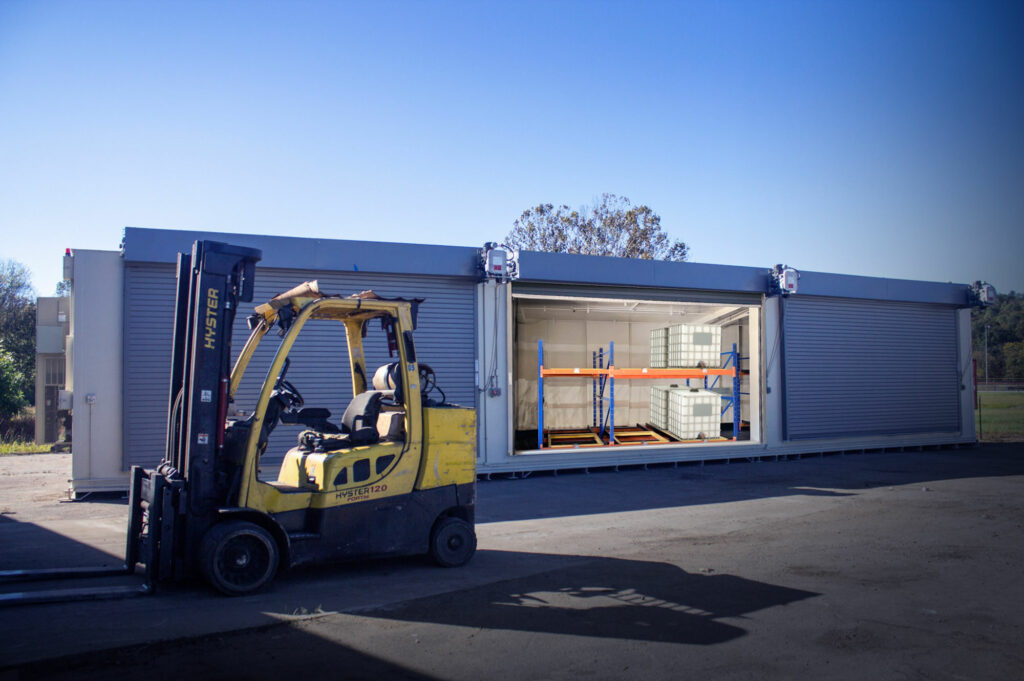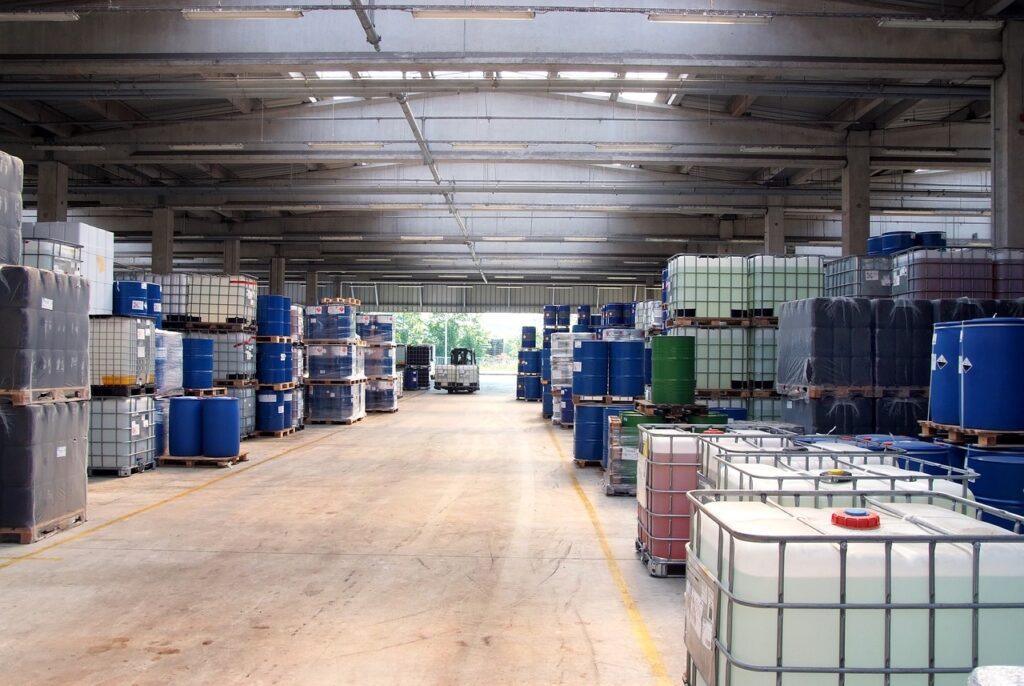Chemical incidents as a result of improper storage rarely have a happy ending. And while the hefty fines besieging companies from the notorious government inspectors cause an uproar from management, it’s not the hard-hatted whitecoats to blame. More often than not, negligence from dubious actors plays the role of the villain. Negligence and careless disregard will always be the prime suspect in any chemical incident. No one is safe from chemical mishaps, not even the happiest place on earth. Last week, Disneyland fell prey to the bitter apple of the evil witch, which is improper chemical storage. Two employees were hospitalized following an accidental spill of chlorine and another cleaning agent. Fortunately, no guests were on hand to witness the mishap that would’ve rivaled the infamous Lion King scene when Simba watched helplessly as his father was trampled by stampeding wildebeests.
The ‘New World’ Of Compliant Chlorine Storage
When it comes to compliant chlorine storage, safety managers must play the part of the industrious seven dwarfs. Site safety inspectors should take a team approach when tackling chemical storage risks that lurk beneath the surface. The toxic vapor cloud enveloped Disneyland like the trash heap on the ocean’s floor that Ariel in the Little Mermaid rummaged through for spare parts. Unlike life under-the-sea, terrestrial chemical storage incidents pose more tangible consequences. According to the Orange County Register, chlorine and another cleaning agent joined forces in producing the evil toxic vapor cloud. Fortunately, it appears the injuries will cause no long-term effects. If there is a silver-lining in this not-suitable for children epic, it’s that the magical kingdom can sidestep this chemical invasion with compliant chlorine storage from U.S. Hazmat Storage.
Fire-rated Chemical Storage for Amusement Parks and Entertainment Venues

Entertainment venues like Disneyland and other amusement parks can play the part of the unsung hero with commonsense storage practices. Amusement parks see millions of guests annually, so sanitation crews must keep the kingdom in tip-top shape. Imagine the talking household items in ‘Beauty and the Beast’ working in concert to keep the beast’s ire at bay in maintaining his sprawling estate. The same can be said for workers at any amusement park. Danger from chemical incidents can rear their ugly heads as easy as any villain plotting to ruin the perfect day. Commonsense storage practices of hazardous materials can stop any threat from transpiring into outright mayhem. For ultimate protection, invest in a fire-rated chemical warehouse from U.S. Hazmat Storage.
How To Properly Store Chlorine

Arial’s toxic sea could surely benefit from the deep cleansing powers of chlorine. Strong industrial agents, such as chlorine, can help keep waterparks from turning into maligned cesspools of disease. Chlorine should always be stored in hard plastic bins or industrial drums with a tight-fitting lid. To prevent violent interactions, keep chlorine away from incompatible materials, such as ammonia, sodium chloride, butane and benzene. But what to do with all these powerful industrial cleaning agents and lubricants that keep the fun going at amusement parks? Our steel-welded segregated chemical storage warehouses provide turnkey protection for all hazardous materials under one roof. Heavy steel gauges prevent inadvertent mixing of dangerous toxics by keeping them separate. Innovative spill sump containment systems and optional climate control and fire suppression can prevent accidental exposures from affecting employees and park guests. Remember, compliant chemical storage is ‘just around the riverbend.’


